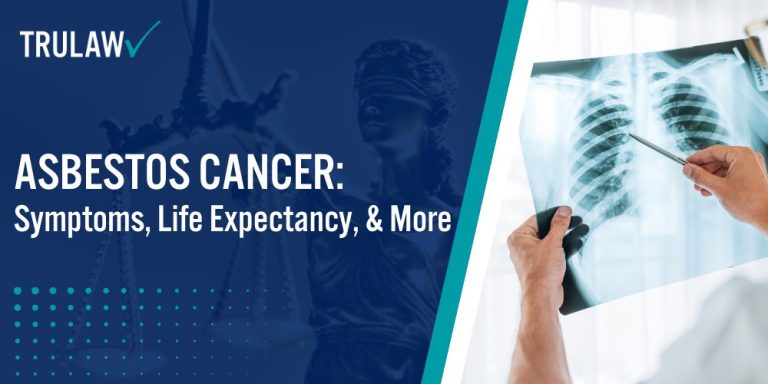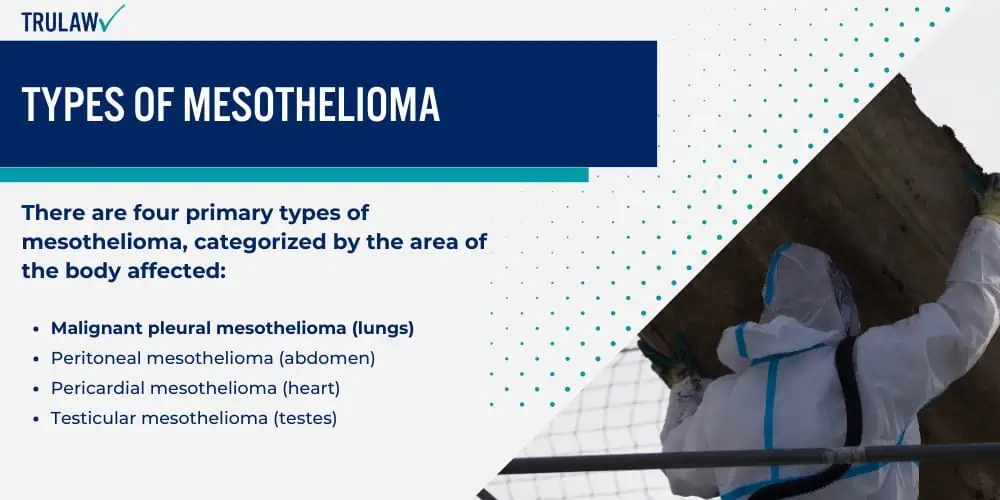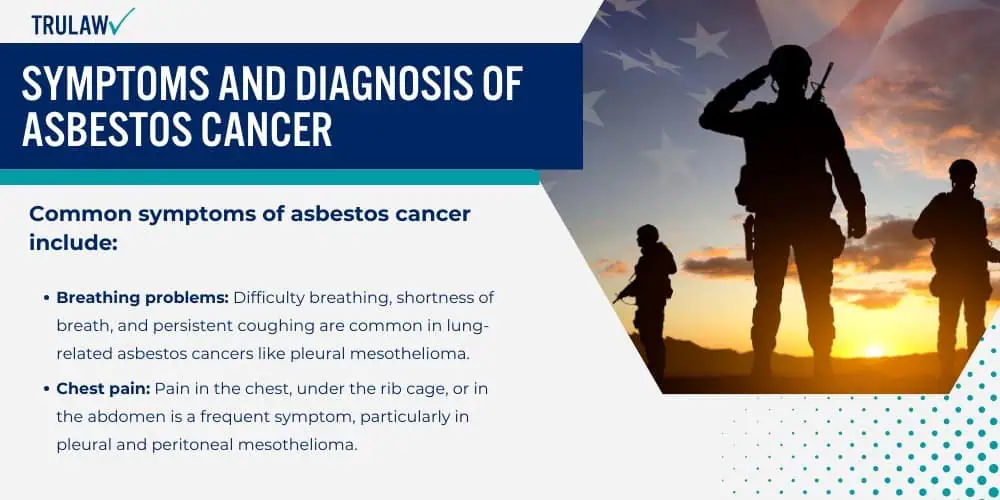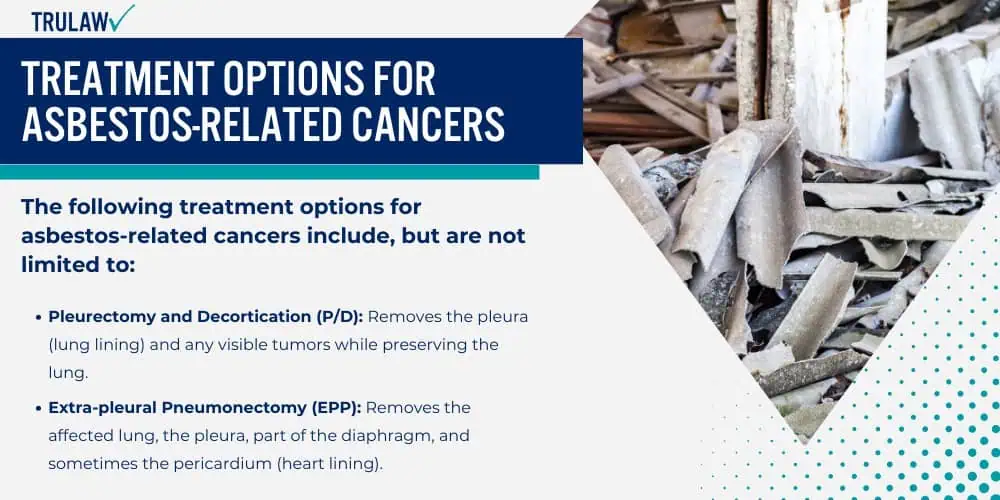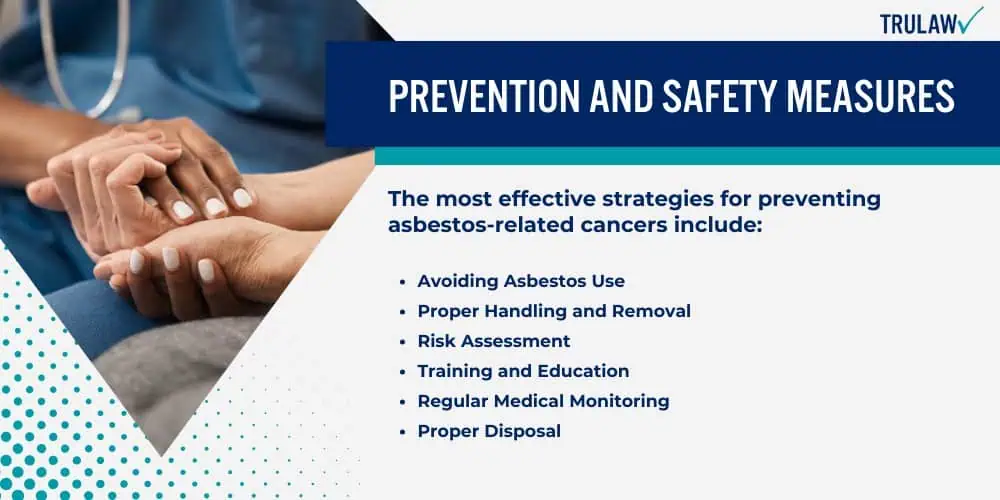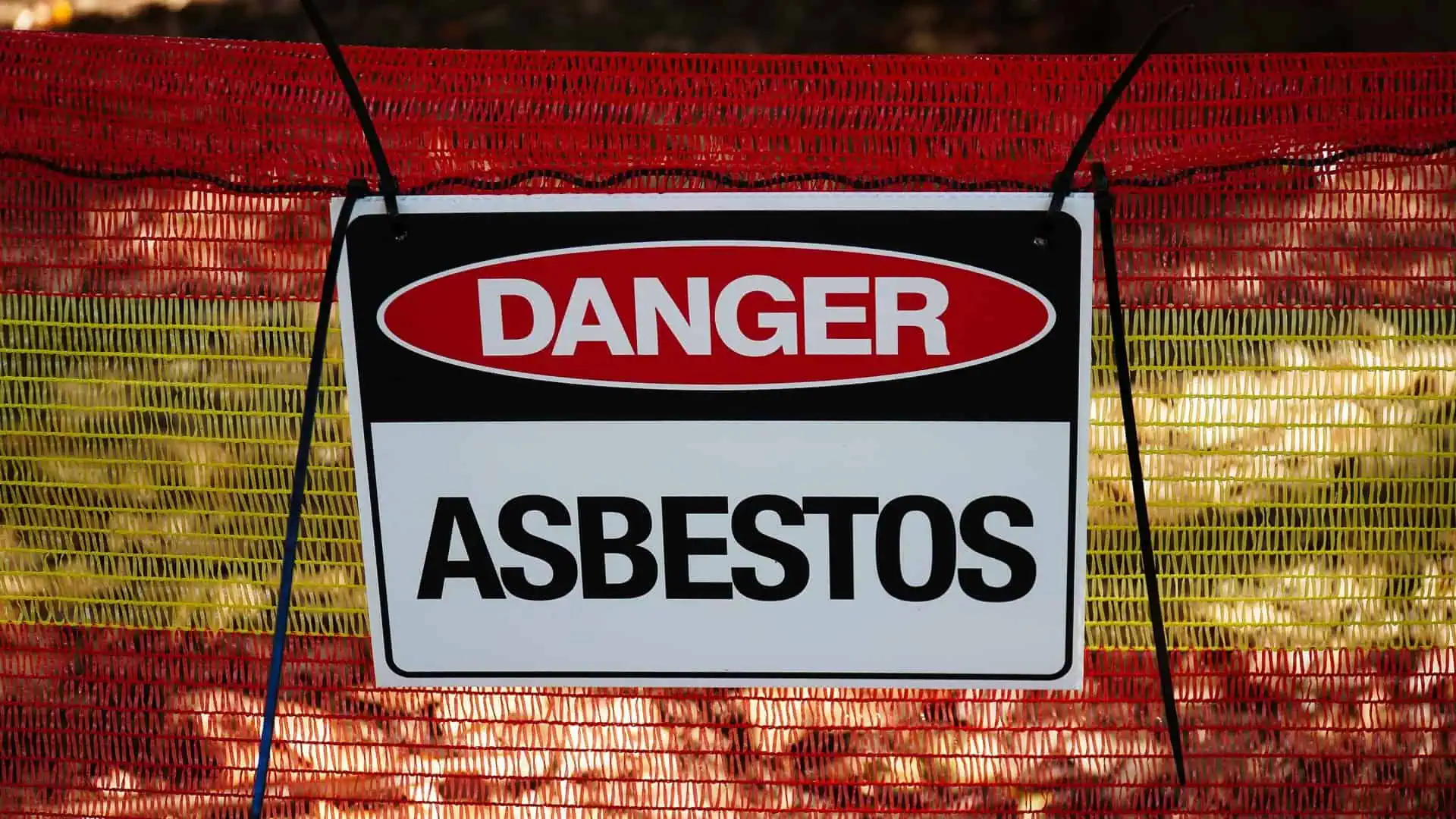Primary Types of Asbestos-Related Cancers
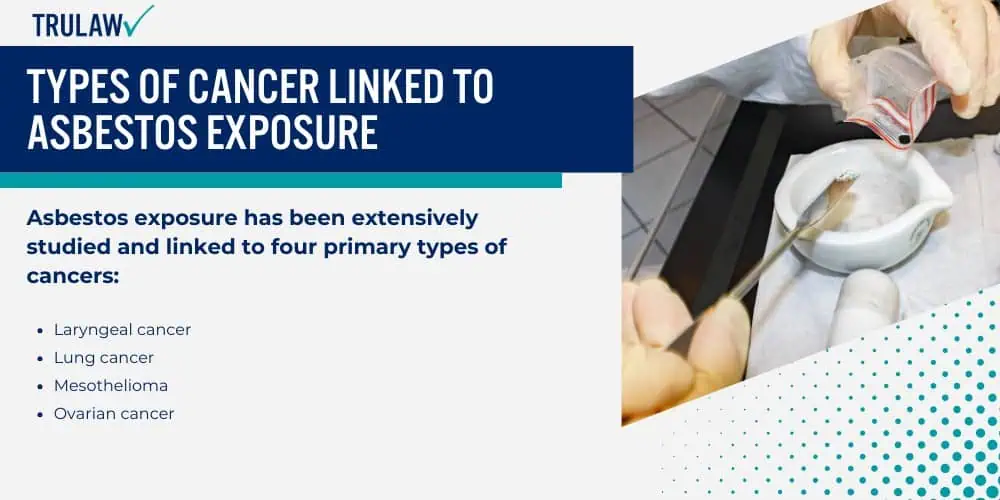
Research has consistently shown that asbestos exposure significantly increases the mesothelioma risk of developing various cancers.
This heightened risk is due to asbestos fibers’ ability to lodge in different tissues, causing inflammation and scarring, which can lead to malignant cell growth.
The primary cancers linked to asbestos exposure are laryngeal cancer, lung cancer, mesothelioma, and ovarian cancer.
Asbestos-exposed workers are at the highest risk, with latency periods often extending several decades before symptoms manifest.
Asbestos exposure has been extensively studied and linked to four primary types of cancers:
- Laryngeal cancer
- Lung cancer
- Mesothelioma
- Ovarian cancer
Each of these cancers presents unique symptoms and risks, which have been documented in scientific studies.
Laryngeal Cancer
Laryngeal cancer, also known as throat cancer, affects the larynx (voice box) and has been linked to asbestos exposure.
Asbestos fibers can become lodged in the larynx, causing chronic irritation and inflammation, eventually leading to cancerous cell growth.
Symptoms of laryngeal cancer include:
- Hoarseness
- Difficulty swallowing
- Sore throat
- Other irritation symptoms
Scientific studies have shown that asbestos exposure increases the risk of laryngeal cancer by approximately 40%, with highly exposed workers facing more than double the risk compared to non-exposed individuals.
Early diagnosis is crucial to managing the disease effectively.
Lung Cancer
Lung cancer is one of the most common asbestos-related cancers.
Asbestos fibers can be inhaled and become trapped in lung tissue, causing long-term inflammation and scarring, which may lead to cancer.
Symptoms of lung cancer include:
- Persistent coughing
- Wheezing
- Chest pain
- Difficulty breathing
According to the American Cancer Society, the risk of developing lung cancer increases with both the duration and intensity of asbestos exposure.
Smokers who have been exposed to asbestos are at an even higher risk, as the combination of tobacco and asbestos has a synergistic effect on cancer development.
Mesothelioma Cancer
Mesothelioma is a rare cancer and aggressive cancer affecting the mesothelium, the thin tissue layer surrounding the lungs, abdomen, or heart.
Asbestos exposure is the primary cause of mesothelioma, with symptoms often taking decades to appear.
Symptoms of mesothelioma include:
- Chest pain
- Difficulty breathing
- Abdominal swelling
- Other related symptoms
A comprehensive review by the National Institutes of Health found that occupational exposure to asbestos fibers posed the greatest risk for developing mesothelioma.
This cancer is particularly challenging to treat due to its long latency period and aggressive nature.
Ovarian Cancer
Ovarian cancer has been linked to asbestos exposure in women, particularly those who have had prolonged exposure in occupational settings.
Asbestos fibers can reach the ovaries through the bloodstream or lymphatic system, leading to chronic inflammation and cancerous cell growth.
Symptoms of ovarian cancer include:
- Abdominal pain
- Bloating
- Difficulty urinating
- Other irritation symptoms
A 2011 meta-analysis that reviewed 18 cohort studies found compelling evidence supporting the International Agency for Research on Cancer’s (IARC) conclusion that asbestos exposure is causally associated with ovarian cancer.
Women in industries with high asbestos exposure are especially vulnerable, and this cancer remains one of the deadliest for those affected.
In summary, asbestos exposure poses significant health risks, particularly for individuals working in industries where asbestos fibers are prevalent.
Early detection and medical intervention are key in managing asbestos-related cancers.
Other Types of Cancers Associated With Asbestos Exposure
It is important to note that the evidence linking asbestos to these cancers is not as conclusive as it is for the primary asbestos-related cancers.
However, individuals with a history of asbestos exposure should remain vigilant and discuss any concerns with their healthcare provider.
While the risk may be lower, these cancers still pose a potential threat to those with long-term or high-level asbestos exposure.
In addition to the primary asbestos-related cancers, there is emerging evidence to suggest a possible connection between asbestos exposure and several other types of cancers, including:
- Colorectal cancer
- Esophageal cancer
- Stomach cancer
- Pharyngeal cancer
- Gastrointestinal cancer
Each of these cancers has been explored in various studies, though the strength of the link remains weaker compared to the primary cancers related to asbestos.
Colorectal Cancer
Colorectal cancer affects the colon or rectum and has been the subject of studies exploring its connection to asbestos exposure.
Although the link is not as well-established as with other asbestos-related cancers, there is some evidence of a potential association.
Symptoms of colorectal cancer include:
- Abdominal pain
- Changes in bowel habits
- Blood in the stool
- Other digestive symptoms
According to researchers at the National Cancer Institute, studies show a weak association between asbestos exposure and colorectal cancer.
Some meta-analyses indicate that individuals exposed to amphibole asbestos may have a moderately increased risk of developing colorectal cancer.
Esophageal Cancer
Esophageal cancer affects the esophagus, the tube that carries food from the throat to the stomach.
Some studies suggest that workers exposed to asbestos may have an increased risk of developing this cancer.
Symptoms of esophageal cancer include:
- Difficulty swallowing
- Chest pain
- Weight loss
- Other swallowing-related symptoms
A study published in the Journal of Occupational and Environmental Medicine found a significant association between asbestos exposure and esophageal cancer, showing a 20-40% increased risk for workers with high levels of exposure.
Stomach Cancer
Stomach cancer, also known as gastric cancer, affects the stomach lining.
Although the evidence is not as strong as for other asbestos-related cancers, some research suggests a potential link between asbestos exposure and stomach cancer.
Symptoms of stomach cancer include:
- Abdominal pain
- Nausea
- Difficulty eating
- Other gastric-related symptoms
The International Agency for Research on Cancer (IARC) found a moderate increased risk of stomach cancer among those exposed to asbestos, with studies indicating a 15-19% increased risk of developing this cancer, especially in individuals with long-term exposure.
Pharyngeal Cancer
Pharyngeal cancer affects the pharynx, the tube that connects the nose and mouth to the esophagus.
There is some evidence that asbestos exposure may be linked to this type of cancer.
Symptoms of pharyngeal cancer include:
- Difficulty swallowing
- Chronic headaches
- Ear pain
- Other throat-related symptoms
Research from the University of California, Los Angeles (UCLA) suggests a possible link between asbestos exposure and pharyngeal cancer, with high-exposure individuals showing more than double the risk of developing this cancer.
However, further research is needed to strengthen this association.
Gastrointestinal Cancer
Gastrointestinal cancer encompasses various cancers affecting the digestive system, including the stomach, small intestine, and colon.
Though the connection between asbestos exposure and gastrointestinal cancer is not as strong, there is some suggestion of a potential link.
Symptoms of gastrointestinal cancer vary but may include:
- Abdominal pain
- Changes in bowel habits
- Weight loss
- Other cancer-related symptoms
A review published in Environmental Health Perspectives suggests a possible link between asbestos exposure and gastrointestinal cancer, particularly in individuals with high levels of exposure.
However, the evidence remains less robust compared to asbestos-related cancers like mesothelioma or lung cancer.
